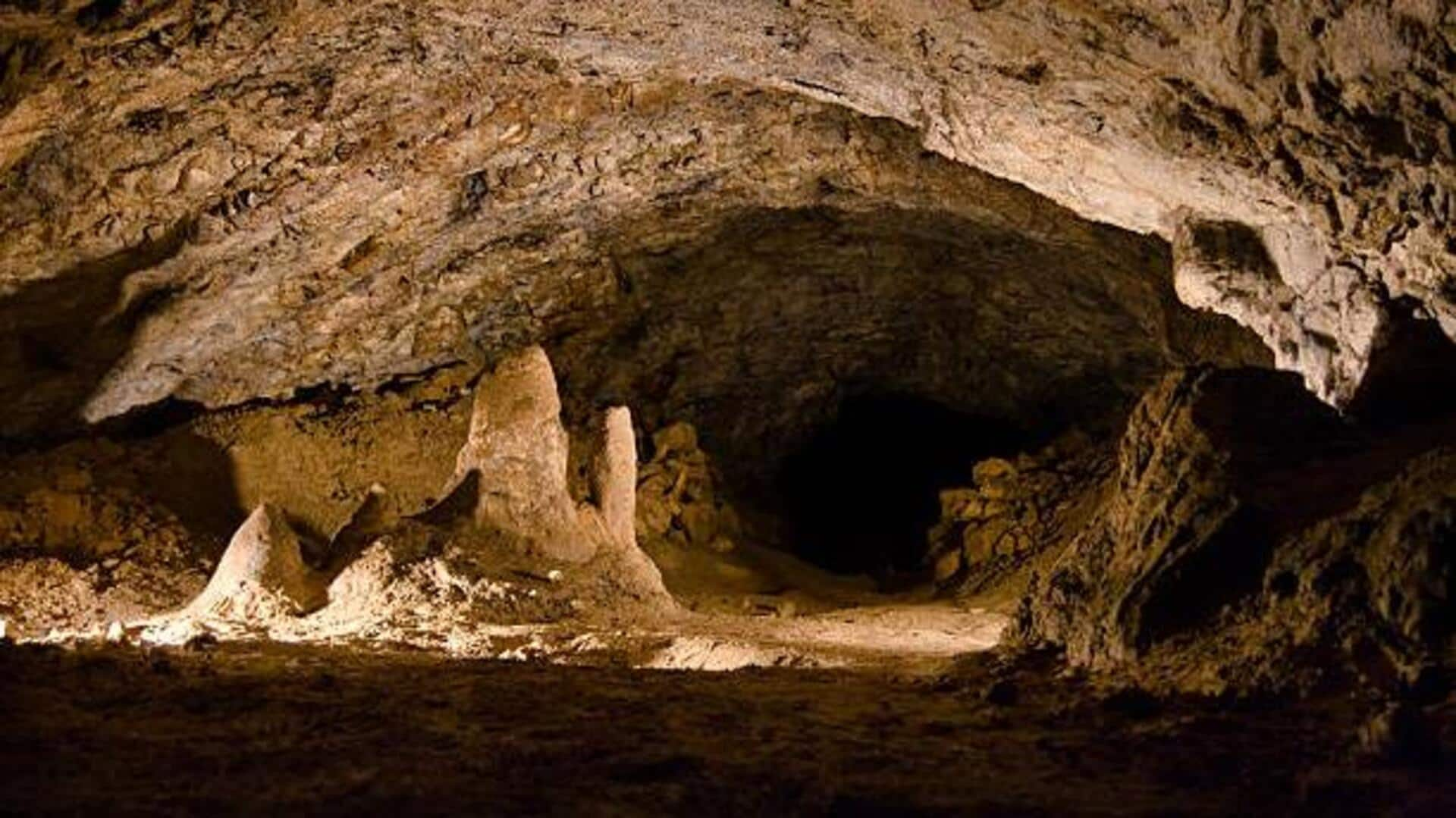
Stalagmite symphony caves: Experience the natural sounds beneath the earth
What's the story
Delving into the Earth's depths reveals a world of unparalleled beauty and wonder.
However, even among such subterranean marvels, one phenomenon stands out: the stalagmite symphony caves, a fusion of nature's artistry and an acoustic enigma.
These caves, filled with ancient stalactites and stalagmites, produce ethereal sounds when struck gently, transforming the underground world into a natural concert hall and fascinating explorers and scientists alike.
Acoustics
Discovering nature's own concert hall
Stalagmite symphony caves are natural wonders where the dripstone formations produce musical sounds when hit.
This happens because the density and composition of the calcite formations cause them to resonate like tuning forks.
Each stalactite and stalagmite is unique in size, shape, and thickness, resulting in a diverse range of musical notes.
For visitors, it's like discovering a stone organ or a geological xylophone. How magical!
Gear up
Preparing for your visit
Exploring these underground marvels requires some special prep.
Since caves are chilly and damp, choosing the right clothes is key. Go for layers to adjust comfort.
Sturdy, water-resistant shoes are a must. Cave floors can get slippery!
And, a helmet with a light mounted on it would free up your hands for balancing or poking around. This way, you can have a safe and fun time.
Tour options
Guided tours vs solo exploration
While some adventurers might like the idea of a self-guided exploration, guided tours provide a wealth of knowledge about the history, geology, and safety considerations of traversing these underground marvels.
Plus, guides will show you the proper way to "play" the stalactites and stalagmites without harming these fragile formations.
Costs for tours range depending on location and tour length, but you can expect prices to start around $30 per person.
Photography tips
Capturing your experience
Caves, with their low-light conditions, present unique challenges but also opportunities for truly stunning photography.
A manual camera gives you control over exposure and ISO, crucial for getting clear shots without resorting to flash (which can disturb the delicate cave ecosystem).
A tripod is your best friend in the cave, keeping your camera steady during those long exposures and helping you capture the best possible images.
Cave conservation
Respectful exploration
When you visit any natural site, particularly sensitive environments like caves, please adhere to Leave No Trace principles.
This includes carrying out all garbage (yes, even that Snickers wrapper or dead flashlight battery you'd rather not carry around); refraining from touching formations (oils on human skin can halt their growth); staying on designated trails; and minimizing noise to avoid disturbing wildlife or other visitors' enjoyment.